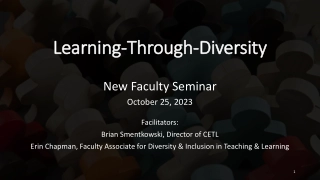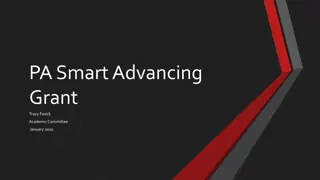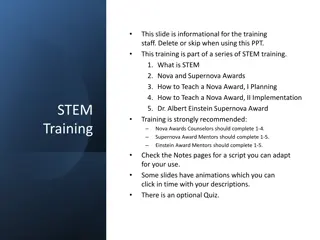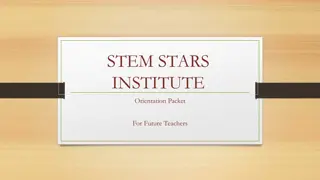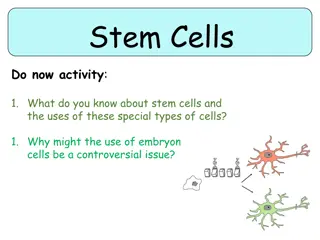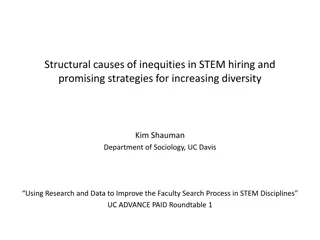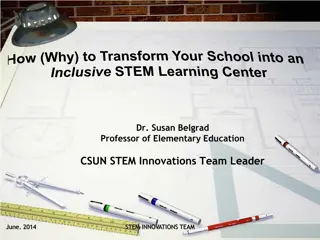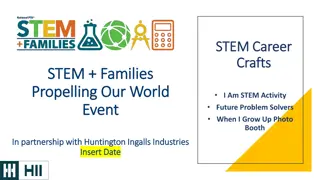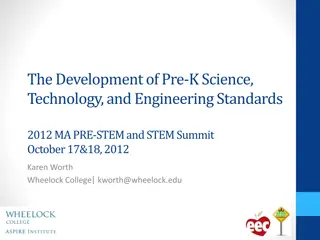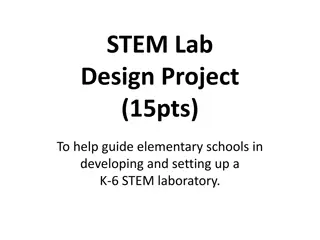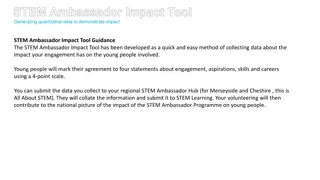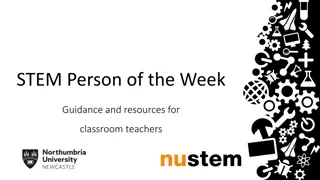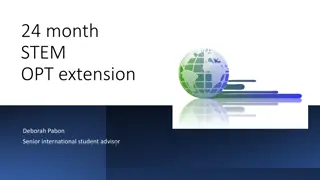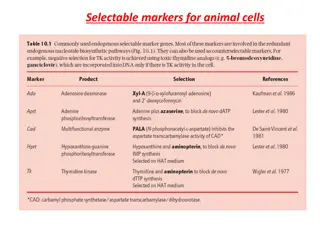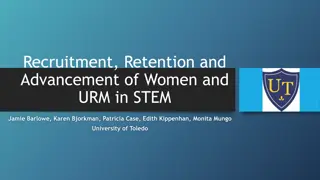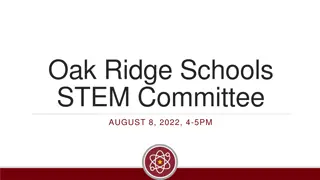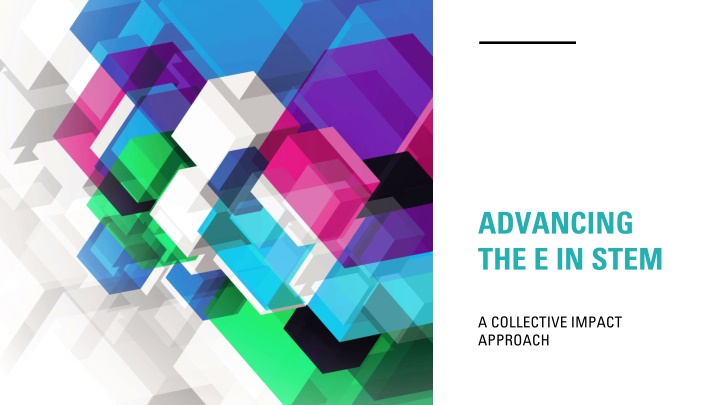
Advancing the E in STEM: A Collective Impact Perspective
Explore the collective impact approach to advancing the "E" in STEM, focusing on systemic barriers and leveraging existing assets to drive impact. Discover why engineering plays a crucial role in shaping everyday solutions and how coordinated leadership can enhance STEM pathways and diversity in the field.
Download Presentation

Please find below an Image/Link to download the presentation.
The content on the website is provided AS IS for your information and personal use only. It may not be sold, licensed, or shared on other websites without obtaining consent from the author. If you encounter any issues during the download, it is possible that the publisher has removed the file from their server.
You are allowed to download the files provided on this website for personal or commercial use, subject to the condition that they are used lawfully. All files are the property of their respective owners.
The content on the website is provided AS IS for your information and personal use only. It may not be sold, licensed, or shared on other websites without obtaining consent from the author.
E N D
Presentation Transcript
ADVANCING THE E IN STEM A COLLECTIVE IMPACT APPROACH
Collective Impact A disciplined, cross-sector approach to solving complex social and environmental issues on a large scale. DOES NOT: Employ a single organization or sector approach Focus solely on programmatic outcomes Work on short term priorities Resolve simple or complicated problems DOES: Require a backbone investment to steward the collective work forward Require diverse perspectives Use data to inform the issue and outcomes Focus on the systemic barriers Leverage policy change opportunities Leverage existing assets and programs in an intentional and aligned way Focus collective resources on Impact priorities
Advancing the E in STEM.Why? Through research and our experience in the field, we know that there are significant gaps and duplications of efforts within K -12 STEM engagement across Canada. STEM teaching in the Canadian K-12 school system has increasingly become a priorityfor Canada s federal and provincial governments. Despite this, the literature shows that Canada is lagging behind the top five innovator countries in STEM innovation. From NAE s Changing the Conversation Report, 2009
SYSTEMIC APPROACH: Why are we focussed on the E in STEM? 1. It gives us a clear focus! 2. Engineering is uniquely positioned for this work due to the existing framework in place and collaboration opportunities 3. As a profession, engineering already understands working collectively (e.g. 30 by 30). 4. Research exists that validates this approach and there is some low hanging fruit. What is Engineers Canada s role? Reference: National Membership Report (2022)
The Opportunity Defined Clear understanding about how engineering shapes everyday solutions Agreement of a common language and key messages Coordinated leadership across the system universities, schools, organizations Alignment of organizations engaged in advancing STEM Clear engineering pathways through K-12 to university and college More diverse representation in engineering Better retention of engineering undergrads More support for students to get accepted into engineering programs What do you think is the BIGGEST opportunity?
A coordinated approach advancing the E in STEM Build a common language and shared practice Shared Practice Develop a data-driven approach learn from gains in related fields including biology, health, and law Learn from qualitative and quantitative measures Focus on Data Provide access to engineering for everyone Remove the barriers that threaten engineering confidence; including the culture of I hate math Removing Barriers Nurture and create dynamic partnerships that cross-pollinate to advance the E in STEM Nurturing Partnerships Work across systems to build a common curriculum and pathways for students A Common Curriculum Desired Outcomes A common language and focused approach to bring young people (K 12) into engineering and STEM An increased understanding that engineers have an impact and help the world A clear path into engineering for high school students and their parents is identified Engagement is built across key partners including government, school boards and delivery partners which leads to a pan- Canadian curriculum The engineering profession is more diverse and representative of Canadian demographics
Five Phases of Collective Impact Call to action! Reach out if you re interested in joining the collective work! rebeccawhite@ engineersoftomorrow.ca


